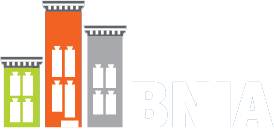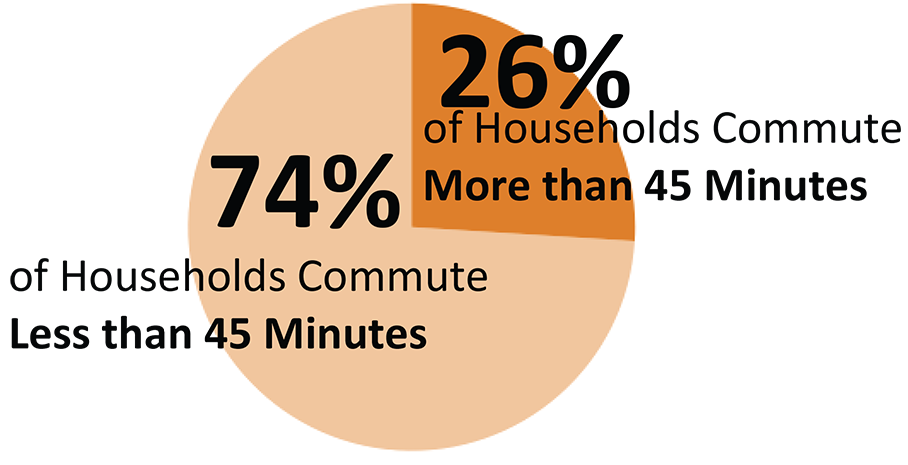Baltimore’s Sustainable Future: Localizing the UN Sustainable Development Goals, Strategies and Indicators articulates how the United Nation’s Sustainable Development Goals (SDGs) can be localized to support a more sustainable Baltimore. The development of the report was led by the University of Baltimore’s College of Public Affairs and the Baltimore Neighborhood Indicators Alliance-Jacob France Institute in the University’s Merrick School of Business. Additionally, the core team included the National Center for Smart Growth at the University of Maryland and Communities Without Boundaries International.
In 2015, as part of a program called the USA Sustainable Cities Initiative (USA-SCI), Baltimore was selected as one of three US cities to pilot implementation of 17 new United Nations (UN) Sustainable Development Goals. The SDGs, adopted by UN member countries in September 2015, form a cohesive and integrated package of global aspirations the world commits to achieving by 2030. They address the most pressing global challenges of our time, calling upon collaborative partnerships across and between countries and communities to achieve objectives around economic growth, environmental sustainability, and social inclusion.
Over the course of the past year, the project was informed by a consultative group of Baltimore stakeholders who worked in collaboration with city agencies, community members, and other higher educational institutions to identify 54 concrete measures that track Baltimore’s progress towards each of these goals. Mayor Catherine Pugh endorsed the initiative when she took office in December 2016.
“As you will read in this report, the indicators reflect the range of work that is already being done in Baltimore, challenge us to push further, and connect us to a global effort,” said Mayor Pugh in the report’s foreword.
“Every urban university has a special responsibility to support and advance the communities in which it resides,” said Kurt L. Schmoke, president of the University of Baltimore. “At UB, we are sharing our expertise in the growing field of sustainability, serving as a gathering place for information, trends and planning efforts. In time, this hard work will help to deliver a Baltimore that is more livable, equitable and, most importantly, a city that thrives in the 21st century.”
The SDGs provide a framework for sustainable development that points to the importance of mobilizing communities with a shared vision that is defined by quantifiable targets. Baltimore is already host to several similar, goal-oriented sustainable development projects, including the Mayor’s OutcomeStat Performance Budgeting process and the Office of Sustainability’s ongoing Plan Update. A link to the full report, which includes ways to get involved and details about each of the Baltimore SDGs, is available on UB’s Sustainable Cities Initiative website.
“The report provides a wealth of data that can be used to track sustainable development in Baltimore,” said Seema Iyer, associate director of the Jacob France Institute and research assistant professor in the Merrick School of Business. “The exciting work lies ahead for us all to set targets as to where we want to be in 10-15 years.”
Baltimore was selected as a model city for the effort, as part of a global effort to bring together academic institutions and key stakeholders to support the UN’s newly adopted SDGs—a series of global aspirations and priorities designed to take on major sustainable development challenges.
See Media Coverage:
Citiscope: How Baltimore is using the Sustainable Development Goals to make a more just city



